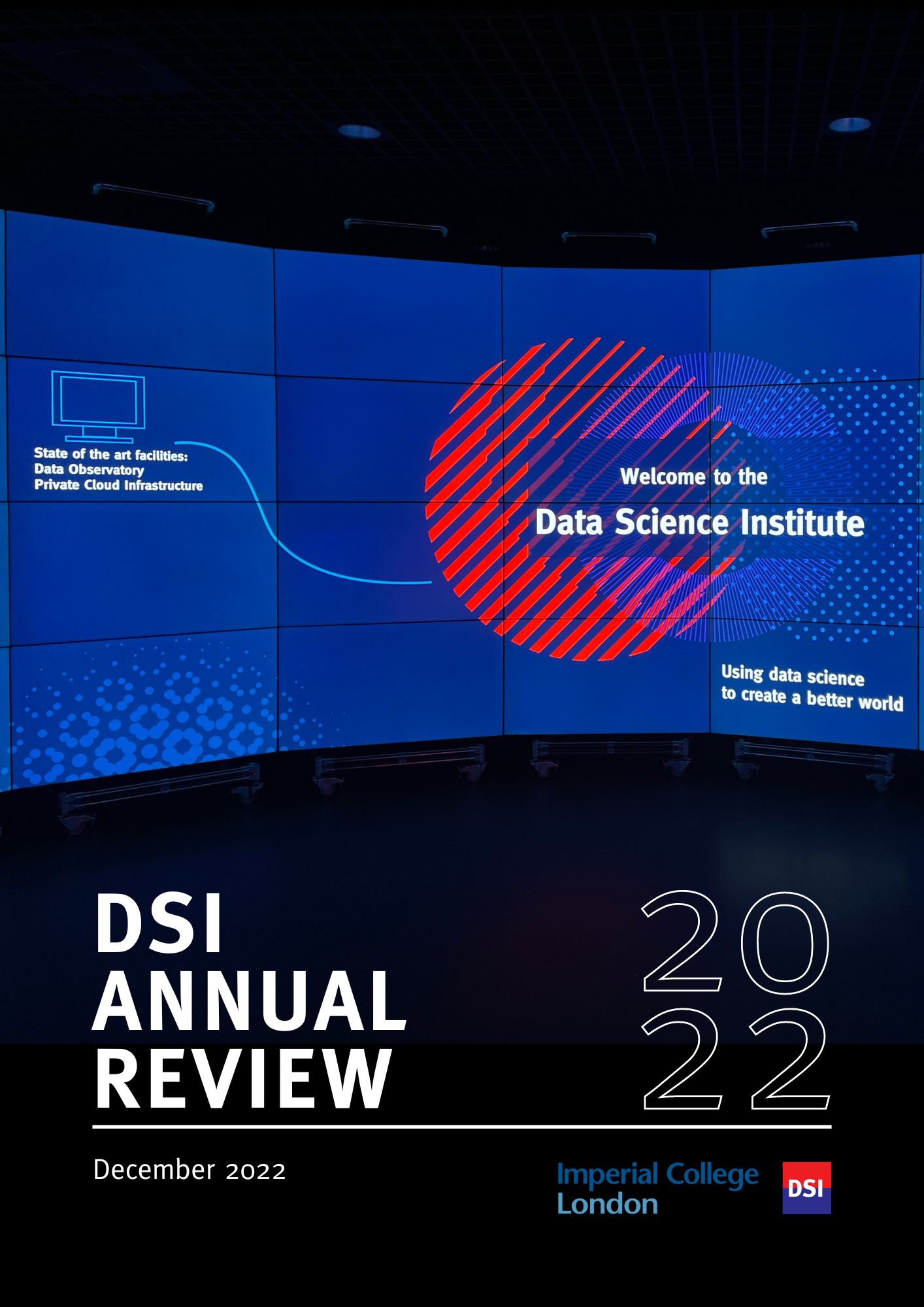BibTex format
@inproceedings{Gadotti:2019,
author = {Gadotti, A and Houssiau, F and Rocher, L and Livshits, B and de, Montjoye Y-A},
pages = {1081--1098},
publisher = {USENIX},
title = {When the signal is in the noise: exploiting Diffix's sticky noise},
url = {https://www.usenix.org/conference/usenixsecurity19/technical-sessions},
year = {2019}
}

